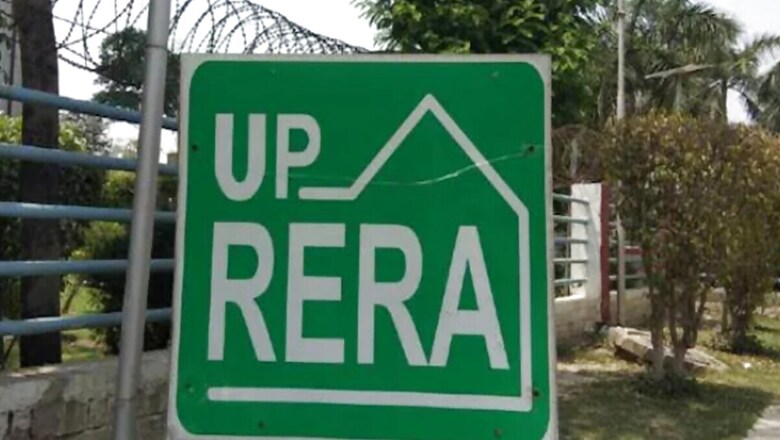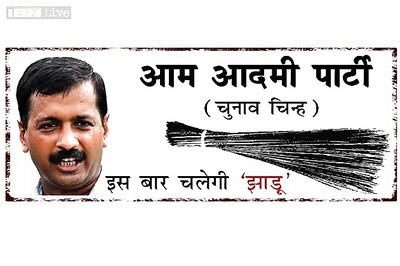
views
Buying a house is a dream for every Indian. Yet, most of them dread the process that is perceived to be riddled against them. From not getting the house they had been promised to not getting it on time, the issues are many and daunting. The mismatch of expectations between an homebuyer and the builder often leads to costly disputes that take years to resolve. In extreme cases, builders fail to deliver the house, leaving buyers to fight it out with other creditors in bankruptcy courts.
Also Read: Interest More Than Principal Amount! Home Loan EMIs Jump 20% In 2 Years, Says Report
The introduction of Real Estate Regulatory Authority (RERA) has been a game changer, and has substantially reduced the range of issues that homebuyers face. By requiring builders to adhere to their promises and holding them accountable through penalties, RERA has empowered homebuyers significantly. Buyers can now take their disputes to RERA and its appellate benches without burdening the court system. On paper, the onset of RERA was a master stroke to relieve the sector of its notoriety, and was truly one of a kind globally. But like everything else in India, the devil lies in its implementation.
Given that RERA was a state subject, not all states have embraced this new legislation with equal vigour. Some states have moved aggressively against builders for violations than others. Similarly, some states have strived to put out more information to consumers than others despite the legislation’s key goal of reducing information asymmetry.
Also Read: Home Loan Hurdles: Top Blunders To Avoid When Financing Your Dream Home
Some states have embraced speedier alternative dispute resolution (ADR) mechanisms while others have gone back to court-like processes that are slower and heavy on legal methods. The lack of uniformity in how RERA has been implemented is baffling, to say the least. Why can’t states adopt best practices and methods and not reinvent the wheel? Why can’t we systematise the adoption and not leave it to the preferences of the incumbent RERA? At the very least, the public should be provided evidence on the relative performance of one approach to another.
We undertook one such study regarding ADR mechanisms within RERA. Section 32(g) of the RERA Act provides for mediation, conciliation, and arbitration, to be used as alternatives to the traditional legal proceedings. They allow for quick settlement without compromising on either party’s right to seek legal recourse at a later stage. However, the success of ADR mechanisms depends on how well they are designed.
The MahaRERA in Maharashtra pioneered the use of conciliation soon after it came into existence. It set up 45 conciliation benches across the state, and had a resolution rate of an astonishing 75 percent initially. Cases were resolved within two months, as opposed to 8-10 months for RERA orders. The reason behind its success can be attributed to its innovative design that aligned the incentives of disputing parties.
First, it was voluntary. Only buyers and builders wanting to settle were allowed in. Second, to promote trust and reduce information asymmetry, it insisted that a representative from builder and consumer groups join the process. More importantly, it discouraged lawyers from joining in. Third, agents moderating the conciliation were trained to be skilled in conducting negotiations.
Fourth, the request for a conciliation had to be done before the dispute was formally registered with RERA. This ensured that the dispute was not made public. While complex cases continued to seek legal remedies, routine disputes like delays in project completion, compensation, and violations of agreement were ideally suited for conciliation.
Despite its success in Maharashtra, the conciliation model has been adopted only in 6 out of the 28 states in the country (Maharashtra, Gujarat, Uttar Pradesh, Haryana, Karnataka, and Madhya Pradesh). Among them, only Maharashtra and Uttar Pradesh have been particularly proactive in making conciliation as their anchor dispute resolution strategy. Karnataka RERA has adopted the Lok Adalat mechanism that relies on retired judges and legal professionals to resolve disputes through a court-like process.
Unlike conciliation which deterred lawyers, Lok Adalats worked only through the lawyers, whose incentives are not always aligned with speedy resolutions. Lok Adalats lack anonymity and have tight time constraints that precluded the kind of free ranging negotiations that you see in a conciliation process. The biggest plus with Lok Adalat is its finality. Lok Adalat orders are binding and cannot be challenged in a court of law. We couldn’t estimate the efficacy of Lok Adalat as an alternative dispute mechanism as data on unsettled cases are not in the public domain.
It is important that every RERA consider ADR mechanisms, especially conciliation, as an important tool to resolve disputes and reduce pendency in its cases. A well-designed process can align the incentives of both builders and developers, and help in bridging the trust deficit that plagues this sector. Builder associations like CREDAI and NAREDCO should impress upon its members to seek amicable settlement in confidence.
– Prof. Venkatesh Panchapagesan and Sushmitha Srihari are associated with IIM Bangalore Real Estate Research Initiative. Views expressed are personal.




















Comments
0 comment